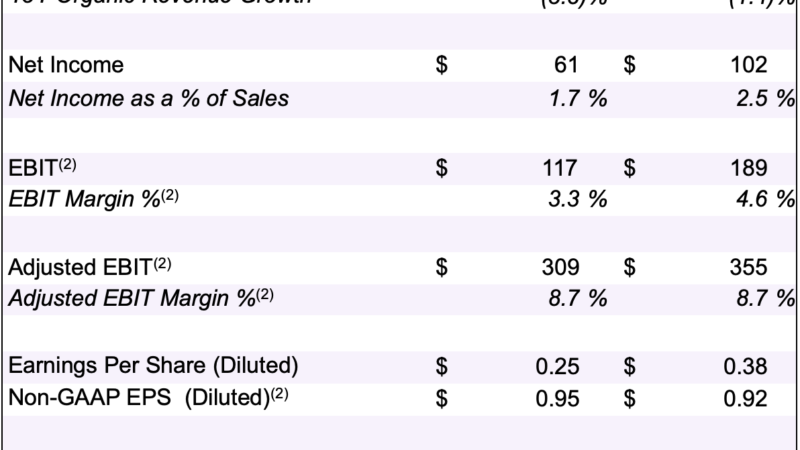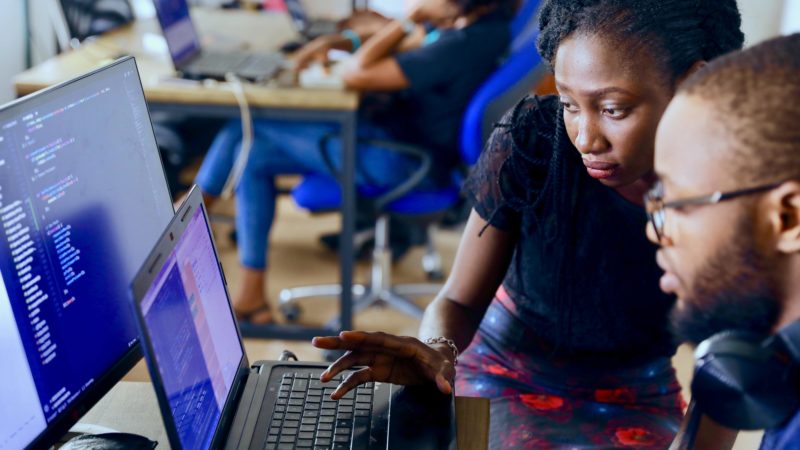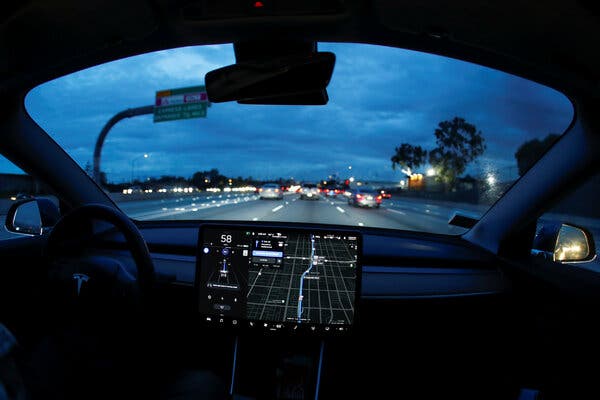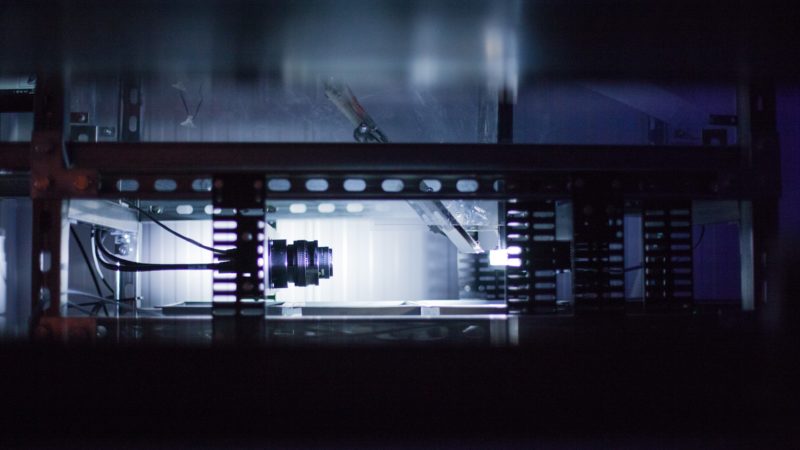In Hong Kong, Which Side Is Technology On? – WIRED
It was a sweltering August Saturday in Hong Kong, and the authorities had just shut down one of the most important technologies in the city: the MTR, Hong Kong’s uber-efficient subway system. So the protesters walked.
The demonstrators were in their 12th week of continuous action; they’d been marching, singing, occupying streets, forming human chains, confronting police. They started when the city’s chief executive, Carrie Lam—a leader essentially handpicked by Beijing—introduced a bill that would allow Hong Kong’s government to extradite suspects to mainland China for prosecution. Hong Kong is a “special administrative region” of China, with an independent judiciary and much wider freedoms than those found on the mainland. Fearing that the extradition law would lead to the further erosion of those freedoms, large numbers of protesters took to the streets starting in early June.
Now, nearly three months later, the bill had been suspended but not yet withdrawn. (That would come, but later.) And the protesters were feeling their strength, demanding an independent inquiry into police misconduct and universal suffrage.
The Hong Kong protesters managed to form a human barricade 30 miles long, surprising even themselves.
But on that Saturday, as we all ended up walking in the blazing sun, the protesters had a new target in their sights: “smart” lampposts equipped with sensors, cameras, and internet connections. Fifty had been installed in the city, a first batch of an expected 400, and the protesters were determined to take one down.
The government had said the smart lampposts would be used only for benign purposes—that they’d take air quality measurements and assist with traffic control, and would not collect facial or other personal data. The protesters feared otherwise. When I spoke to them, many brought up what was happening to the Uyghurs in the Xinjiang region of China. Trapped in a massive surveillance net that hacks their phones and collects biometric data (including DNA samples from practically the whole population), the Uyghurs live under constant scrutiny and worse—Big Data along with traditional surveillance techniques have sent as many as a million people off to internment camps.
Citizens of Hong Kong feared similar technologies would be used against them. Many wore face masks. They carried umbrellas, not just to shelter from the sun but also to block the view of CCTV cameras or the helicopters that flew overhead—or to huddle under as they assembled barricades.
At the same time, this stream of young people carrying umbrellas and traveling on foot were anything but Luddites (at least as people usually use the term). They were quite attached to their tech. Like other decentralized movements before them—the protesters who amassed in the Arab Spring, under the banner of Occupy, in Istanbul’s Gezi Park, and under the name Indignados in Spain—the demonstrators in Hong Kong were forever on their phones. They pulled them out to learn where the movement was making its next stand; they pulled them out to learn where to retreat after being teargassed; then they pulled them out to learn where everyone was regrouping for the next advance. They scrolled through Telegram, beaming with myriad protest groups—big ones conveying information about the whole movement and small ones that organized one neighborhood or another. They voted on LIHKG (a homegrown Reddit) to decide their next steps.
I watched it all happen: The protesters would amass and the police would meet them in force. Then, in a blink, the demonstrators would move somewhere else, using the subway—when they could—to outrun the authorities. They would decide where to go next through online discussions and polls. It felt like magic.
One day, inspired by a single post on LIHKG, the protesters decided to form a human chain. They would do it on the anniversary of the historic 1989 chain across the three Baltic states that demanded freedom from the Soviet Union. The Hong Kong protesters ran with the idea and managed to form a human barricade 30 miles long, surprising even themselves. They used apps to coordinate in real time, getting people to move from overly populated sections of the chain to ones that were more sparse. They held hands and sang in unison. In the middle of the event, someone had the idea that they should end with everyone closing one eye, in honor of a medic who had been shot in the eye just a few days earlier. At precisely 9 pm, I watched them all close one eye, perfectly coordinated.






